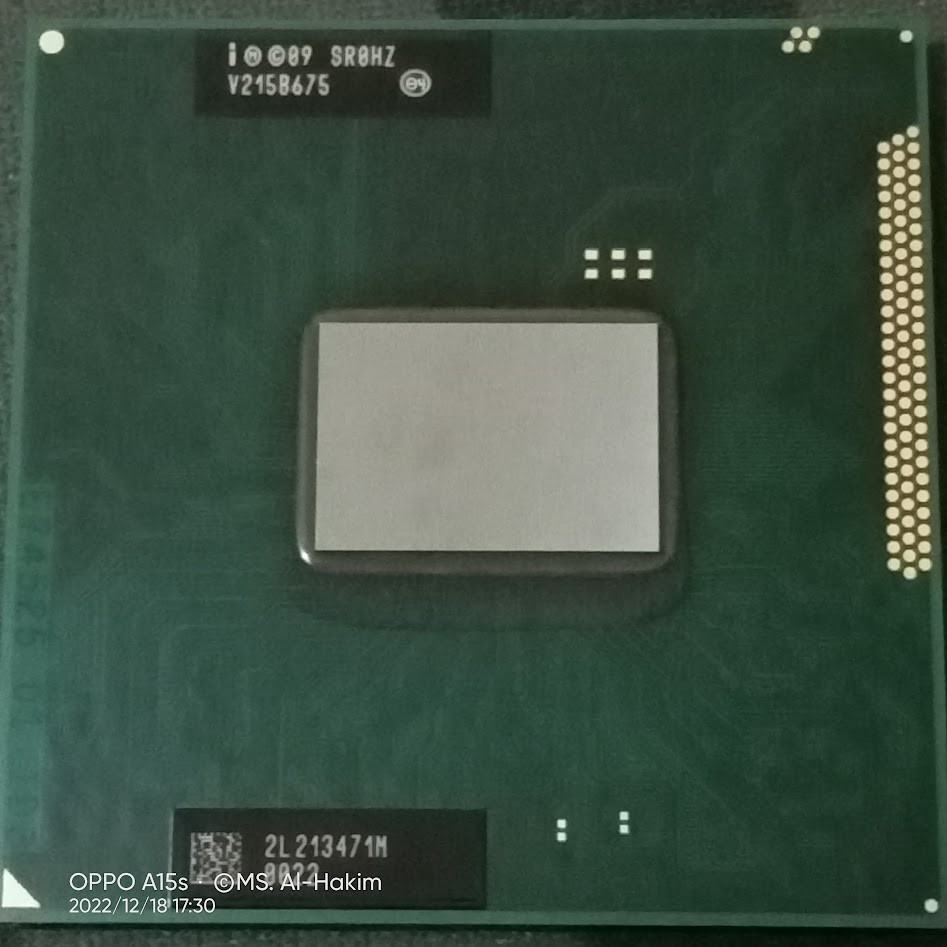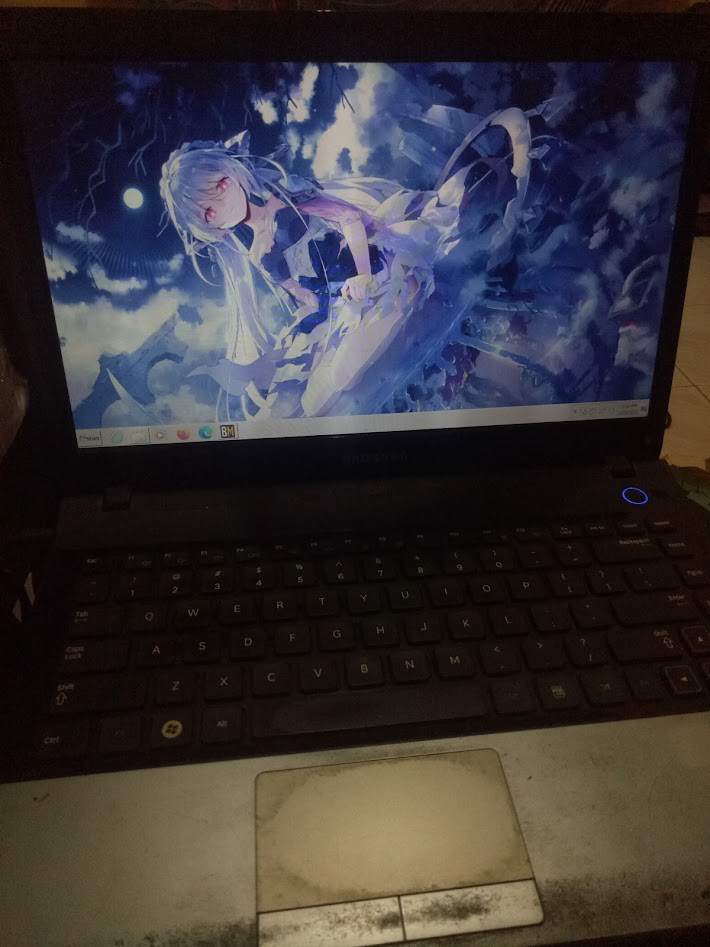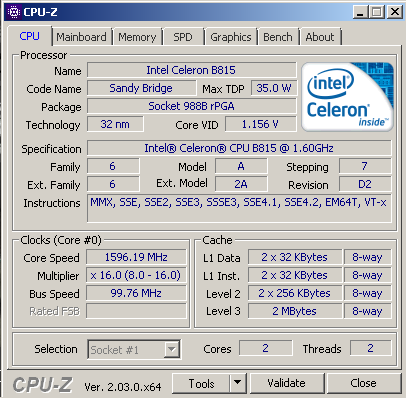Cinebench - R15 score 104 cb with a Celeron B815
Monday, 21 November 2022 19:13 | Update at 2 years ago
Media Gallery
Screenshot

Device, Setup, etc



URL
https://hwbot.org/submission/5127194http://bit.ly/3tNrhdk
Information Detail
Hardware: Intel Celeron B815
Specs:CPUID : Intel(R) Celeron(R) CPU B815 @ 1.6GHz
Architecture : x86
Codename : Sandy Bridge
L3 Cache : 2MB
Clock : 1.6GHz
Core/Thread : 2/2
TDP : 35W
Technology : 32nm
Socket : FCPGA988
IGPU : Intel HD Graphics Mobile Gen 2 (Sandy Bridge)
See more specification...
Software: Cinebench - R15
Score: 104 cb
About: Cinebench - R15Cinebench R15 is one of the most popular CPU and GPU benchmarks developed by Maxon, the creator of CINEMA 4D software. Released at a time when quad-core processors were becoming commonplace, Cinebench R15 quickly became the standard tool for measuring the rendering performance of various types of desktop and laptop processors. This benchmark simulates the process of rendering photorealistic 3D graphics using the CINEMA 4D engine and assigns a score based on how quickly the CPU can complete the task.
In multi-core testing, Cinebench R15 utilizes all available threads and cores on the processor to render a complex scene consisting of over 300,000 polygons. This scene includes area lighting, soft shadows, sharp and blurry reflections, procedural textures, and anti-aliasing. All these elements are designed to place high stress on the entire CPU processing system, creating an environment that closely resembles real-world scenarios in digital content production or professional rendering.
Cinebench R15 scores are measured in “points” (pts), where higher numbers indicate better performance. This benchmark is ideal for evaluating rendering capabilities, multitasking performance, and overall processor efficiency, especially in applications that utilize multiple cores, such as Blender, Adobe Premiere, or CAD software.
Although Cinebench R15 has been replaced by newer versions like R20 and R23, Cinebench R15 is still widely used today due to its broad compatibility, lightweight execution, and consistent results. Especially for reviewers and users looking to compare processors across generations, R15 remains an important benchmark in the world of hardware and PC enthusiasts.
The Intel Celeron B815, released in 2012, is an entry-level mobile processor based on the Sandy Bridge architecture. Designed for budget laptops, it features 2 cores and 2 threads with a fixed clock speed of 1.6 GHz. The processor does not support Turbo Boost or Hyper-Threading, limiting its multitasking capabilities.
Manufactured using 32nm process technology, the Celeron B815 has a TDP of 35W, which is relatively high for a low-end mobile CPU. This higher thermal output typically results in shorter battery life and more heat generation compared to modern low-power processors.
For graphics, the processor is equipped with Intel HD Graphics 2000, which runs at a base frequency of 650 MHz and can boost up to 1.0 GHz. While not suitable for gaming, this integrated GPU handles basic visual tasks like 720p video playback, simple animations, and light graphical workloads adequately.
In everyday usage, the Celeron B815 performs best with lightweight applications such as web browsing, word processing, and playing standard-definition videos. However, it struggles with modern operating systems, multitasking, and heavier workloads due to its limited core/thread count and lack of advanced CPU features.
Hardware Detail:
Device: SAMSUNG 300E4Z
RAM: 4GB DDR3 Dual Channel
OS: Windows 7
* Not Avaiable
